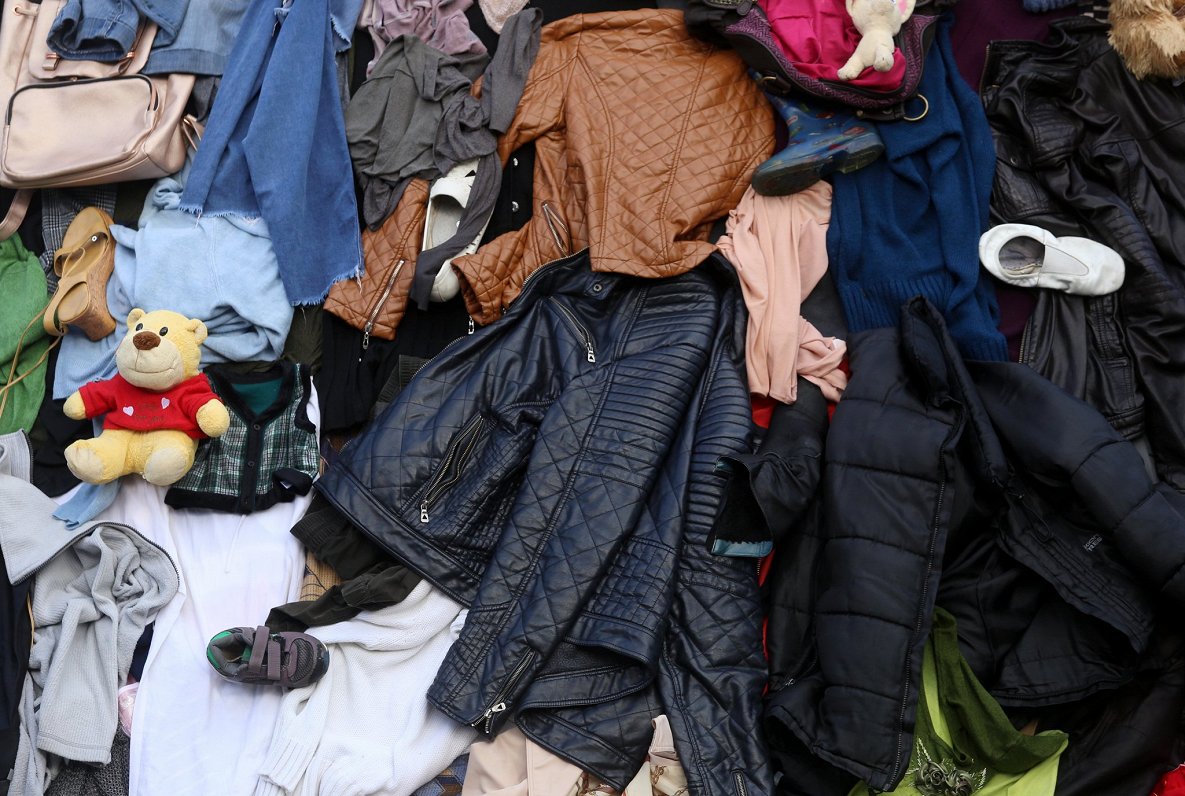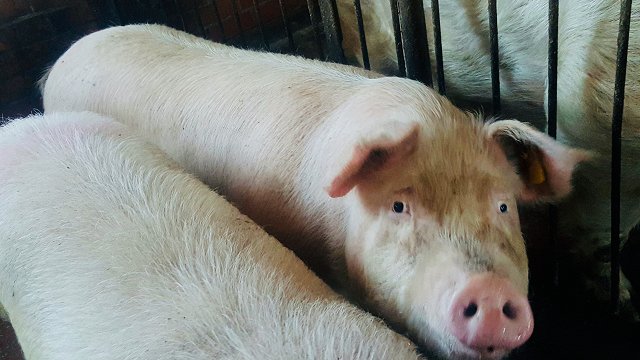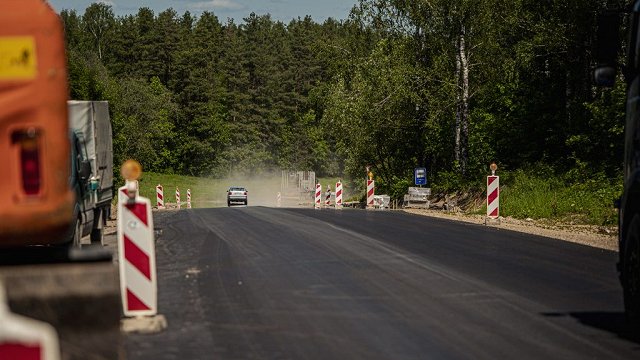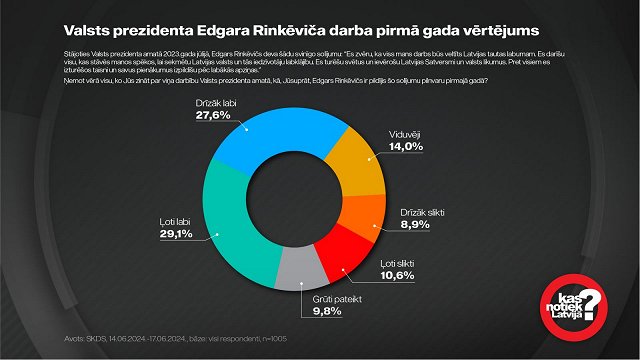Fast fashion with cheap prices and tempting advertisements encourages many Europeans to buy new clothes every few months. Statistics show that each European consumes on average 11 kilograms of textiles a year. Most of it ends up in landfill.
To tackle this problem, textile sorting will be compulsory in the EU from next year.
In Latvia, as of July 1 this year, all companies that produce or are the first to sell clothes will have to pay a tax of €0.50 per kilogram.
But if these producers and traders contract professionals to manage their textiles, they will not have to pay the tax but will have to pay for the service they receive.
One of them is the company "Zaļā josta/Green Belt", represented by Mārtiņš Eglīte.
"One thing is clear: it doesn't happen all at once. You can't start one day and all the people will do it at once. It takes years, slowly, for people to get used to this new thing. Take cardboard. Twenty years ago, people did not know why they had to put it somewhere. Everybody threw it in the bin. But now, cardboard is recollected in very large quantities from the volume generated. And the same plan is in place for textiles," Eglīte explained.
Eglīte said that there are already hundreds of containers in Latvia in which it is possible to hand in worn-out clothes and other textiles. Shoes can also be thrown into them. What happens to these items depends largely on what goes into the containers and in what condition, he said:
"Textiles are collected, they are all sorted, and obviously there will be textiles that are no longer usable, that you can't do anything with. Those then go to recycling or recovery. Those that can still be reused will be collected and aggregated for further reuse."
Recovery in this case means shredding and burning for energy.
Both Eglīte and Dace Akule, a sustainable fashion expert from the NGO Zaļā brīvība/Green Freedom, acknowledged that recycling textiles is still a very complex task, with no company yet doing it in Latvia. The biggest difficulty lies in the fact that many fabrics mix cotton with various synthetic fibres.
But, if, say, your socks have holes in them, they can be recycled.
"Then, at the very last stage, cutting them professionally could be one way in which, for example, these socks would not just go into a household container, but would end up in, for example, a building materials factory, where we not only extract the heat from the socks by burning them, but also take the ash and put it into the cement production process," Akule explained.
Akule urged people not to cut the garments before throwing them into the containers, as this would make it almost impossible to recycle them. It is also prohibited.
The new system will also bring greater clarity across Europe on what happens to the clothes and shoes that are sent for management, as companies will have to report on this in detail.






























